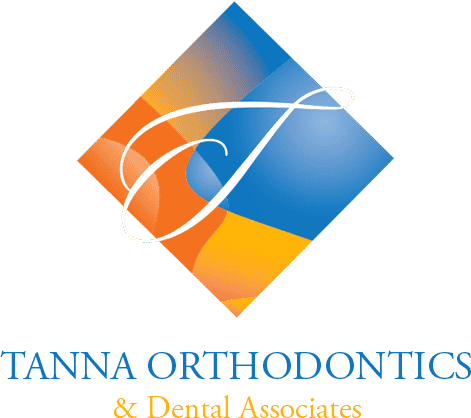Nitrous Oxide Sedation
One of the most common ways to ease a child’s anxiety and to relax them for their dental treatment is from Nitrous Oxide Sedation. This is commonly referred to as pediatric laughing gas and is the most popular sedation method in dentistry. It is recommended for children who need small amounts of dental treatment.
Nitrous oxide/oxygen is a blend of two gases, oxygen and nitrous oxide. This sedation method is administered through a small breathing mask which is placed over the child’s nose. This allows your child to relax, but without putting them to sleep. The American Academy of Pediatric Dentistry identifies this sedation method as a very safe and effective technique to use for treating children’s dental needs.
The gas administered is mild, and this sedation is easily taken and non-addictive. The gas is also quickly eliminated from the body with normal breathing. While inhaling the pediatric laughing gas, your child will remain fully conscious and keep all natural reflexes.
Below are a few side effects your child may feel when receiving the nitrous oxide sedation:
- A warm euphoric feeling
- Lightheadedness
- Floating or tingling in the limbs
- Possible sleepiness
- A Giggling and “funny” feeling
If your child feels discomfort or has an adverse reaction from the nitrous oxide sedation, it can easily be reversed. The percentage of nitrous oxide being administered can also be adjusted during the procedure.
You will see that your child will have no lasting side effects when taking this sedation method. After the procedure, you child can resume day-to-day activities as normal.
What is General Anesthesia?
General anesthesia is the state of pharmacologically induced “sleep”. When you are told that someone will need to be “asleep” for a procedure, often surgical, this is a reference to being placed under general anesthesia. The aim of general anesthesia administration is to provide a lack of sensation and to ensure amnesia (no memory) and analgesia (no pain).
The When, Why and Who’s of Administering Anesthesia
General anesthesia may be recommended for a person for several reasons. Most commonly in our pediatric dental office, general anesthesia is recommended when a child is very young, very fearful, uncooperative or has special circumstances that will not allow them to cooperate for needed treatment. Often, when general anesthesia is recommended, there is a large amount of dental treatment needed or the procedure is too long or uncomfortable to be tolerated by the patient in an awake state.
It is our goal to provide safe, excellent care (in that order) and to provide a non-traumatic experience for our patients. Sometimes, this is only possible through the use of general anesthesia. We bring in an anesthesiologist for in house General Anesthesia when it’s needed.
What are the eating restrictions prior to general anesthesia?
The patient that is to receive general anesthesia for an elective procedure must follow the American Society of Anesthesiologists guidelines for pre-operative fasting. No food is to be eaten for eight hours prior to the anesthesia time. Clear liquids (water, apple juice) may be consumed up to two hours prior to the time of anesthesia. If there is a doubt as to whether something is a clear liquid or not, it is better to withhold it to avoid cancellation of the procedure. Breast milk may be consumed up until four hours prior to the procedure. It is extremely important to follow these guidelines to avoid unnecessary cancellation of the procedure.
Does my child HAVE to have general anesthesia for their care?
Emphatically no. Only a parent or guardian can decide if their child MUST receive care utilizing the method of general anesthesia. Our treatment team respects the rights of a parent or guardian to decide this for their child. Our goal is to support parents in making the best decision for their child.
If you have additional questions about general anesthesia, feel free to contact our office.






